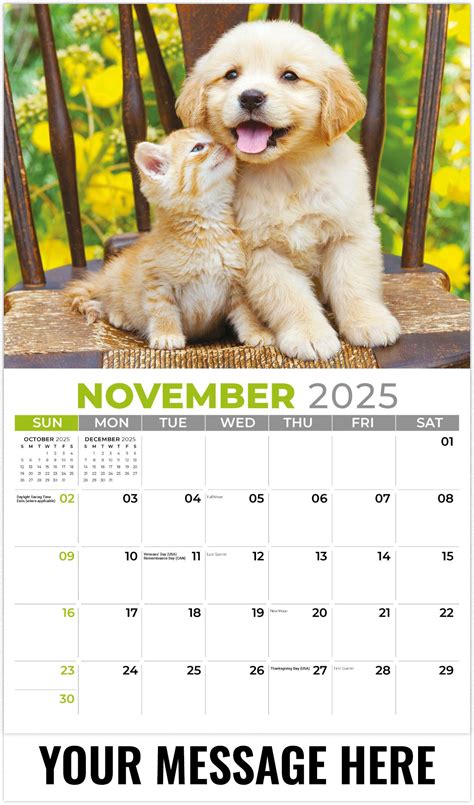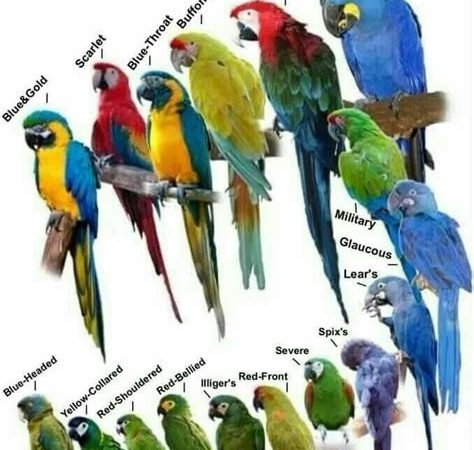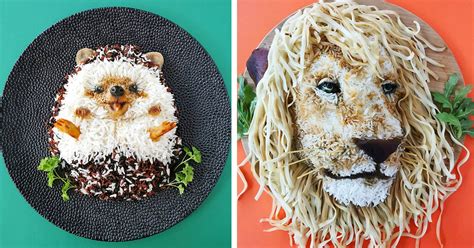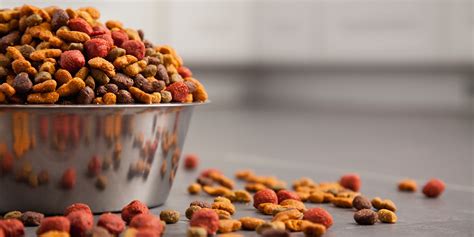Unlocking the Secrets of Pettability
Pettability, the measure of an animal’s comfort with being touched and handled, is a crucial factor for healthy human-animal interactions. For small pets, pettability is particularly important as it enhances bonding and overall well-being. This guide will delve into the multifaceted world of pettability, unveiling its significance, exploring best practices, and comparing popular small pet species to empower pet owners with the knowledge to create a harmonious and enriching environment for their furry companions.

The Importance of Pettability
According to the American Veterinary Medical Association (AVMA), pettability plays a vital role in:
- Emotional Bonding: Petting releases oxytocin, a hormone associated with bonding and affection, strengthening the connection between pet and owner.
- Stress and Anxiety Reduction: Gentle petting can calm and soothe pets, alleviating stress and promoting relaxation.
- Health Monitoring: Regular handling allows owners to detect any changes in their pet’s health, enabling early detection and treatment.
- Enhanced Social Skills: Well-pettable small pets are more likely to socialize and interact with humans and other animals, promoting their well-being.
Best Practices for Pettability
Creating a pettable small pet requires patience, consistency, and positive reinforcement. Here are some key practices:
- Start Early: Introduce gentle petting and handling from an early age to establish trust and acceptance.
- Create a Calm Environment: Ensure your pet feels comfortable and secure during petting sessions.
- Use Positive Reinforcement: Reward your pet with treats or praise for calm and cooperative behavior during petting.
- Respect Your Pet’s Boundaries: Pay attention to your pet’s body language and respect its need for space or breaks.
- Handle with Care: Always support your pet’s body and avoid sudden movements or harsh handling.
Small Pet Species Comparison: Pettability VS. Handling
Different small pet species have varying pettability levels and handling requirements. Here’s a comparison of popular choices:
| Species | Pettability | Handling |
|---|---|---|
| Guinea Pig | High | Moderate |
| Hamster | Moderate | Difficult |
| Gerbil | Moderate | Easy |
| Rabbit | High | Easy |
| Mouse | Moderate | Difficult |
Step-by-Step Guide to Enhancing Pettability
- Introduce Touch Gradually: Begin by gently stroking your pet’s back or head for short periods.
- Use Positive Reinforcement: Reward your pet with treats or praise when it responds positively to petting.
- Expand Petting Zones: Gradually extend petting to other areas, such as the belly or paws, as your pet becomes more comfortable.
- Respect Boundaries: Pay attention to your pet’s reactions and stop petting if it shows discomfort.
- Practice Regularly: Consistent petting sessions will reinforce positive behavior and enhance pettability.
Market Insights: The Growing Demand for Pettable Small Pets
The market for small pets with high pettability is expanding, driven by increasing demand for companion animals that provide emotional support and companionship. A recent study by the Pet Industry Joint Advisory Council (PIJAC) reported a significant growth in pet adoption and sales, particularly in small animals.
Case Study: The Therapeutic Benefits of Pettability
A study conducted by the University of California, Davis found that petting small pets can have therapeutic benefits for people with chronic pain. The researchers found that petting reduced pain intensity and improved mood in participants.
Conclusion
Pettability is a fundamental aspect of small pet ownership that fosters a strong bond between companion and pet. By understanding the importance of pettability, implementing best practices, and choosing a species that matches your lifestyle, you can create a fulfilling and mutually beneficial relationship with your furry friend. Remember, patience, consistency, and positive reinforcement are key to achieving a highly pettable small pet that brings joy and companionship for years to come.





















